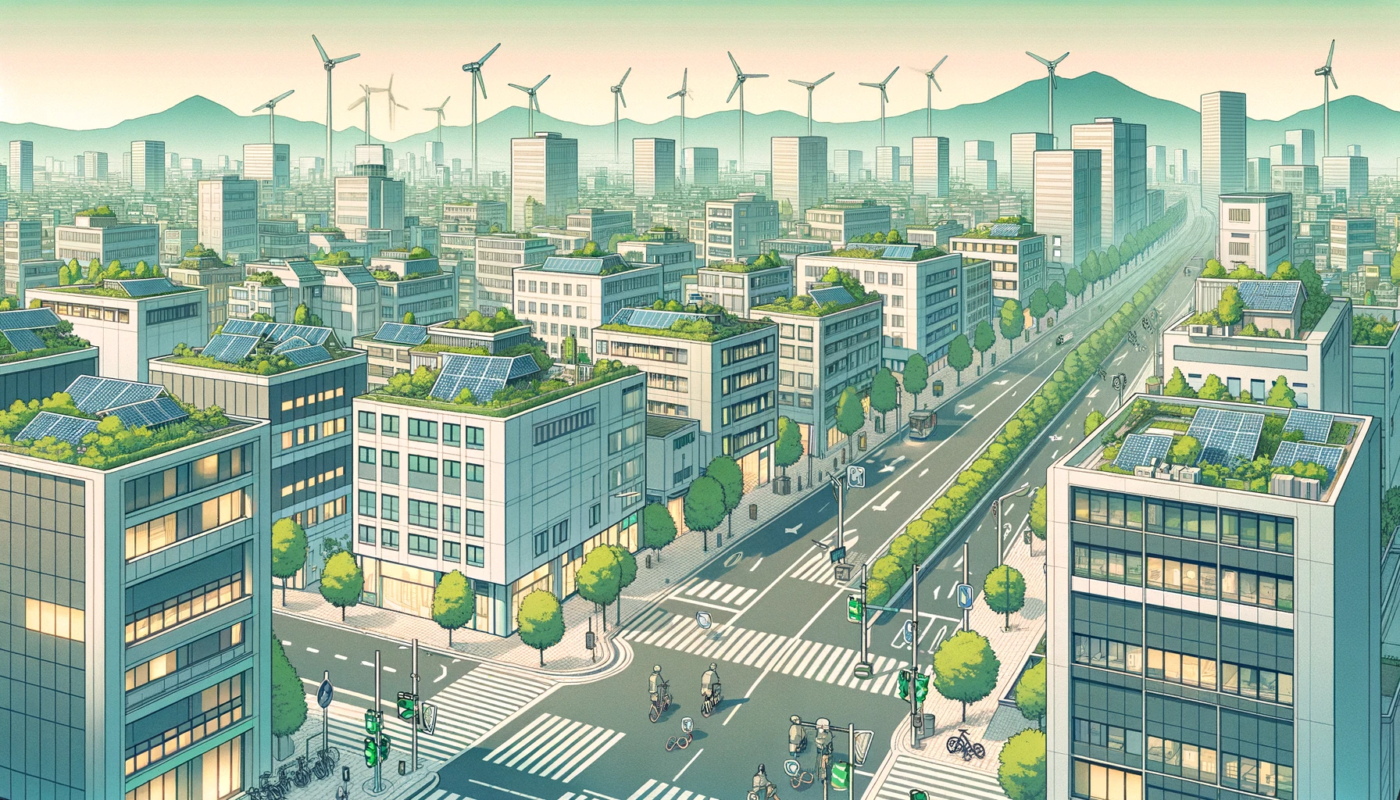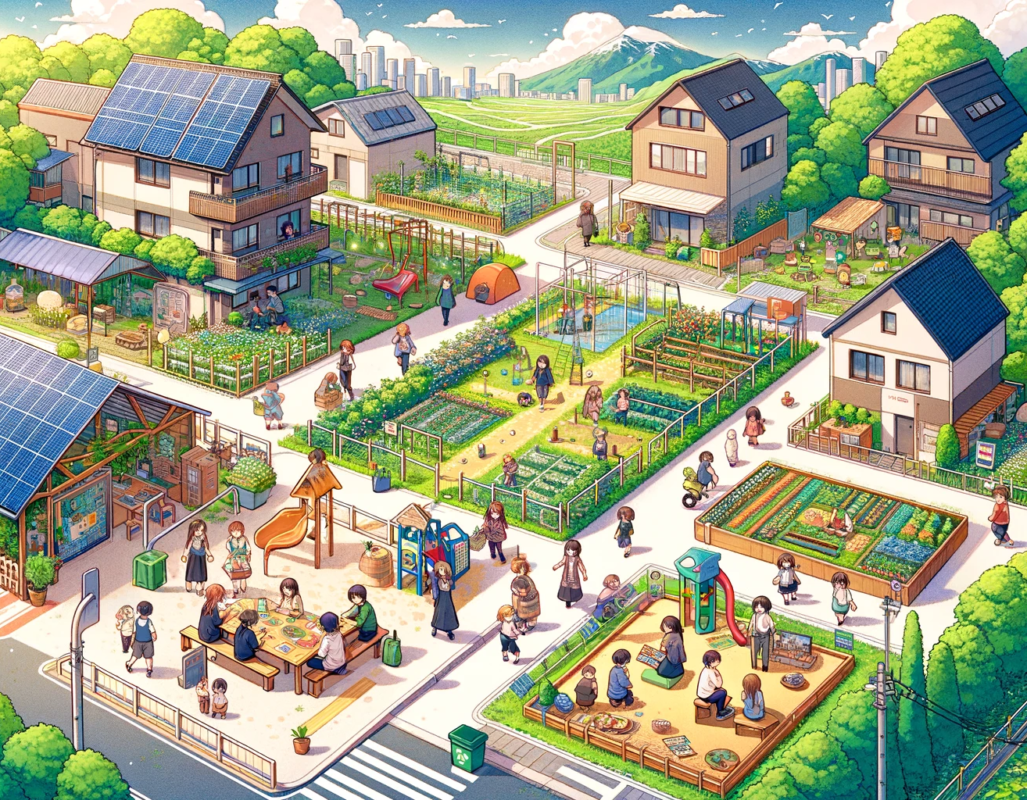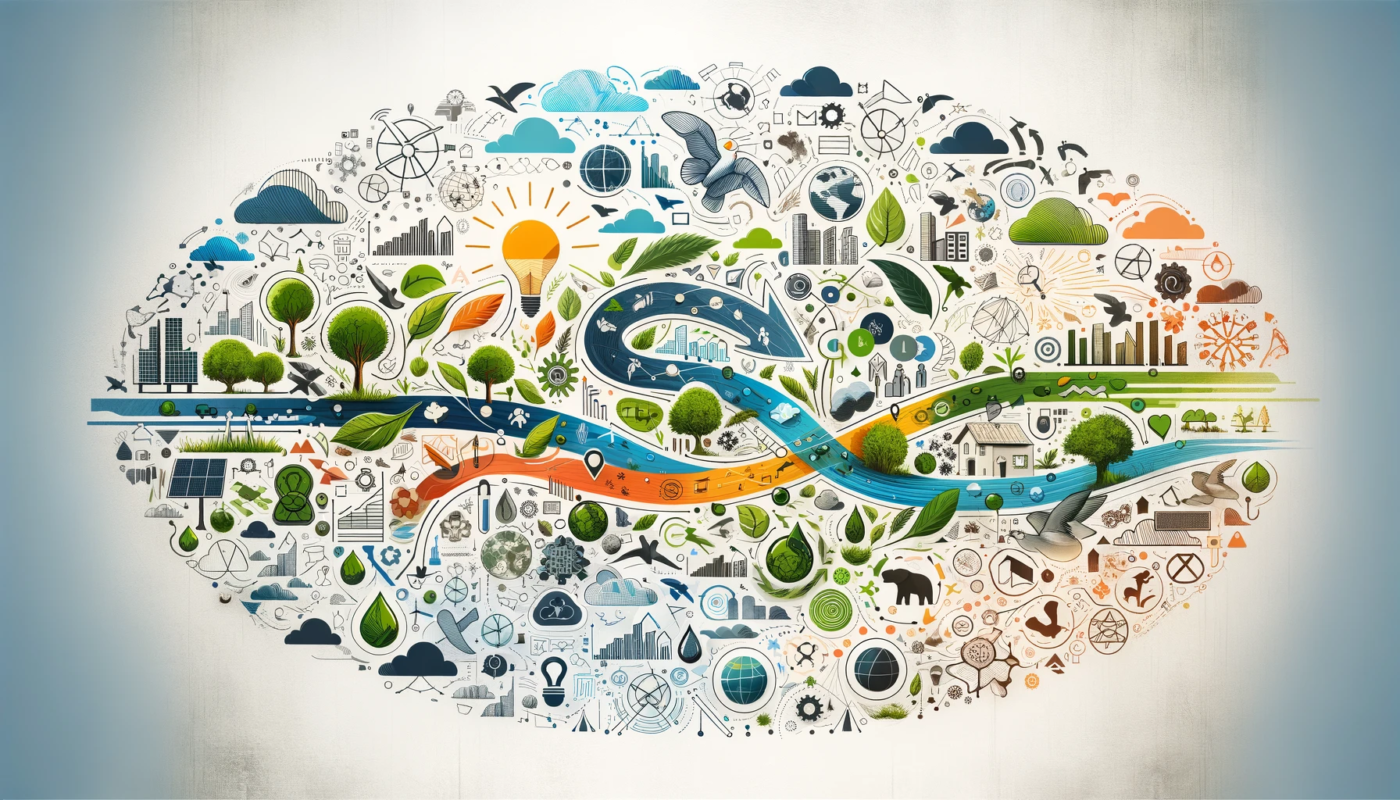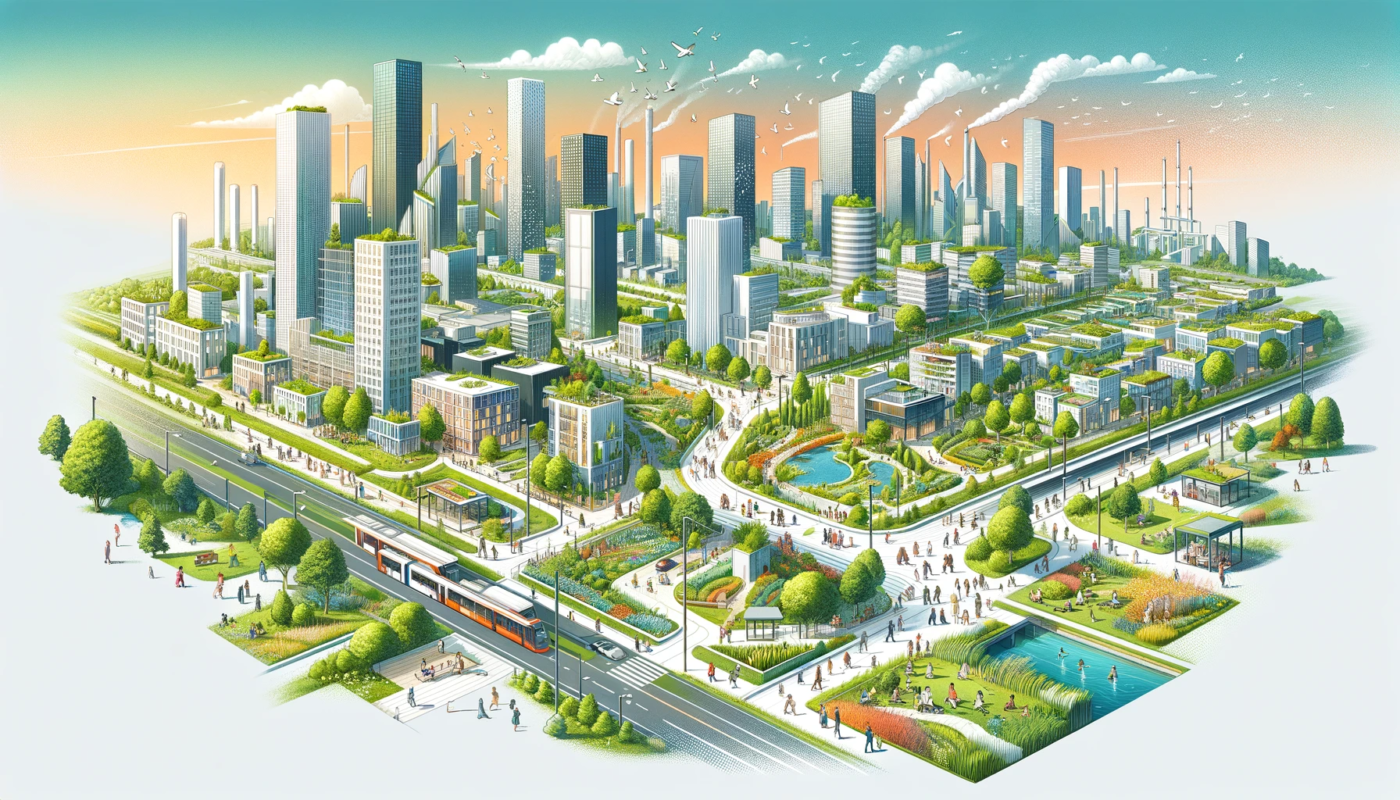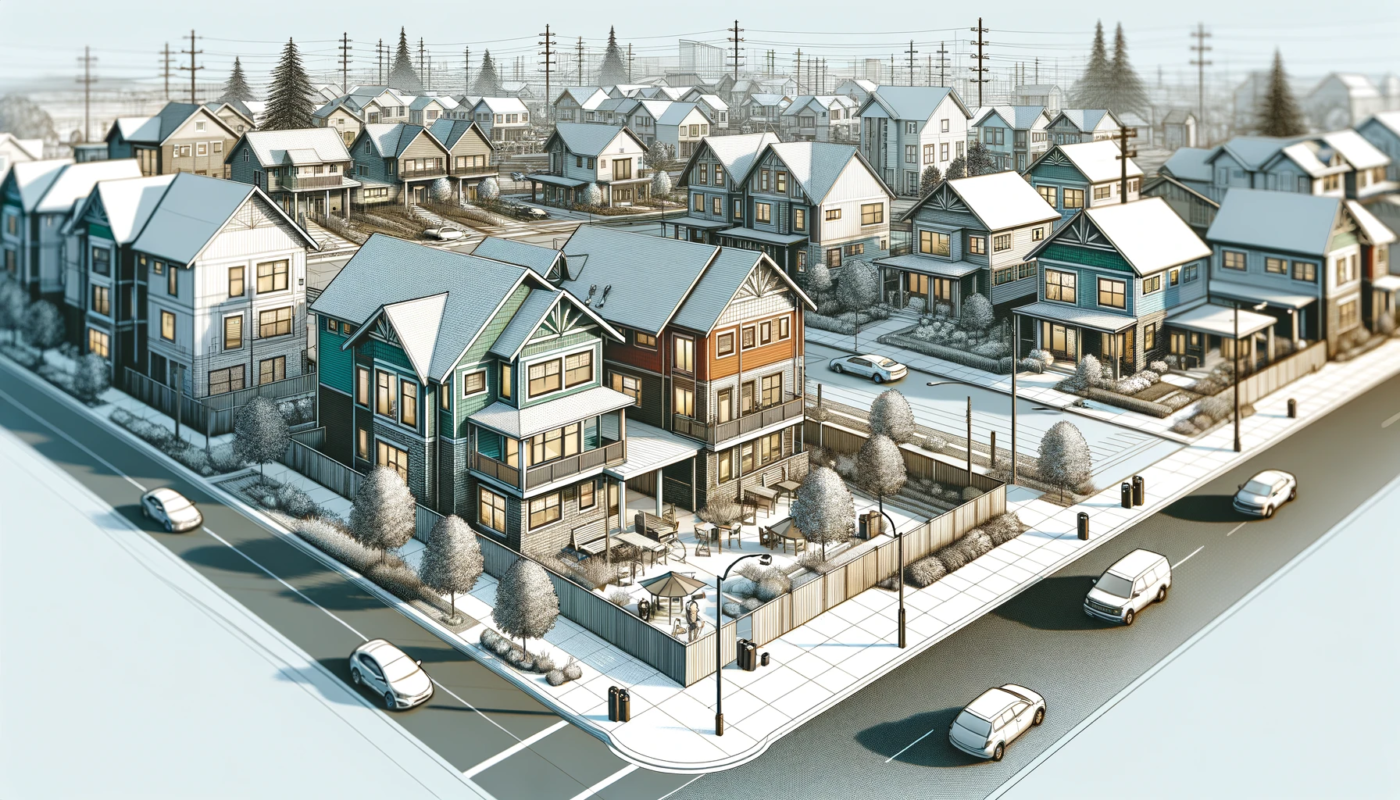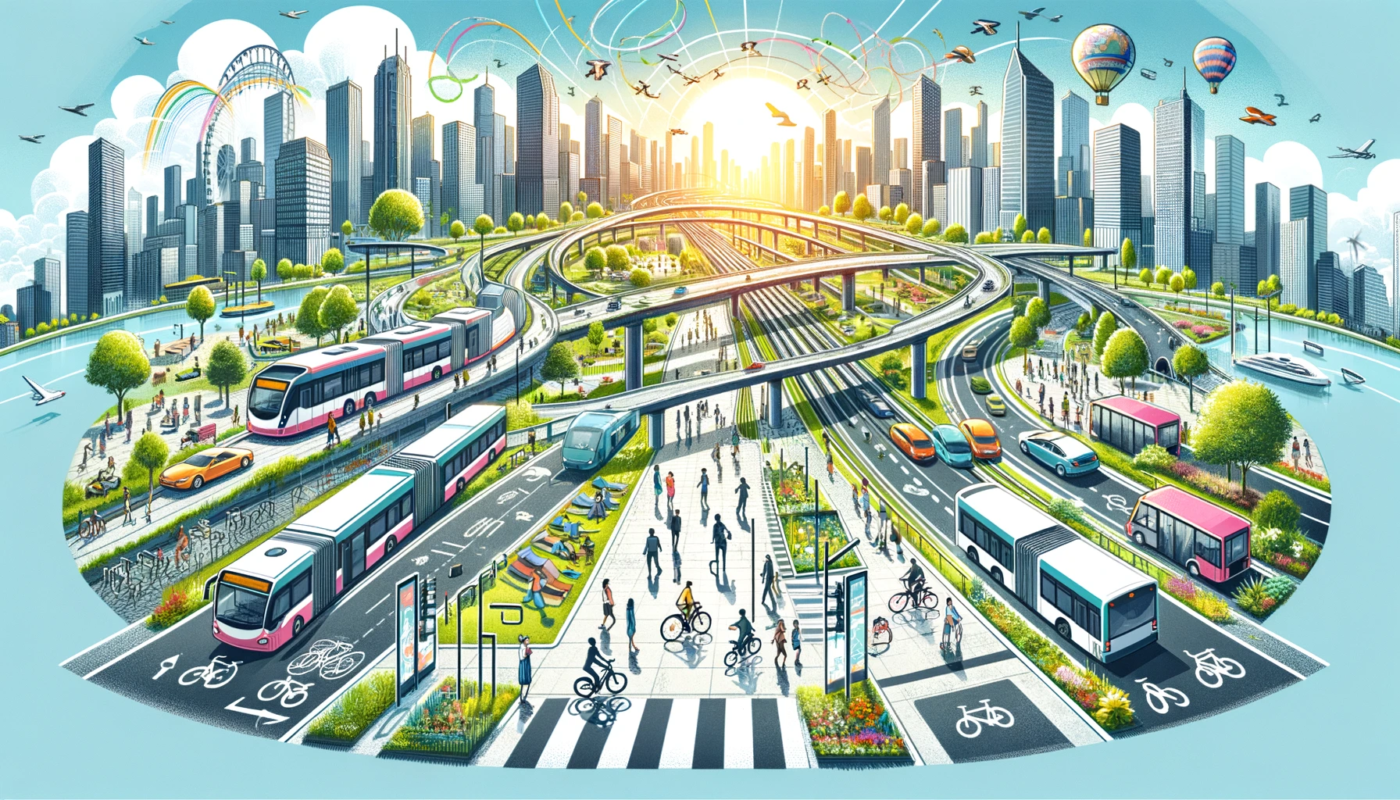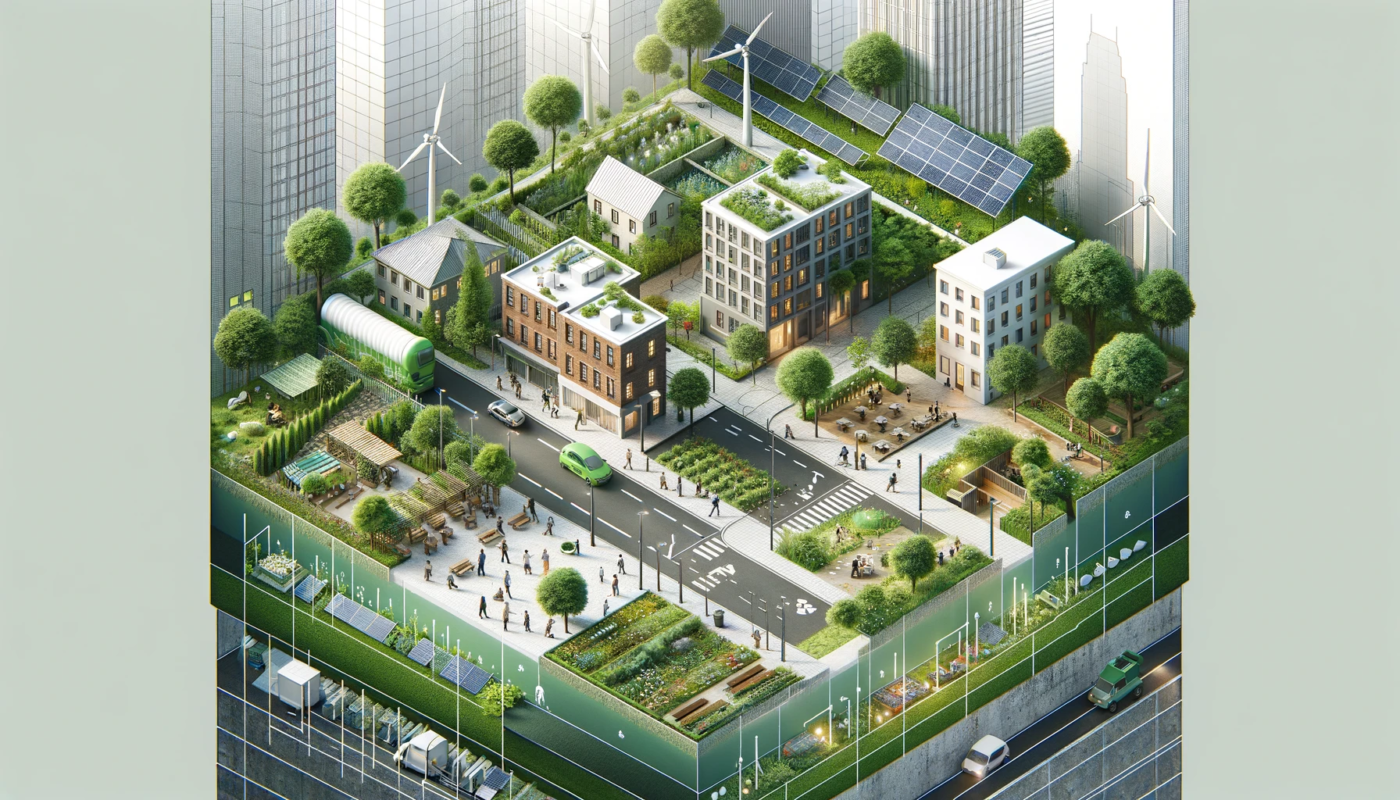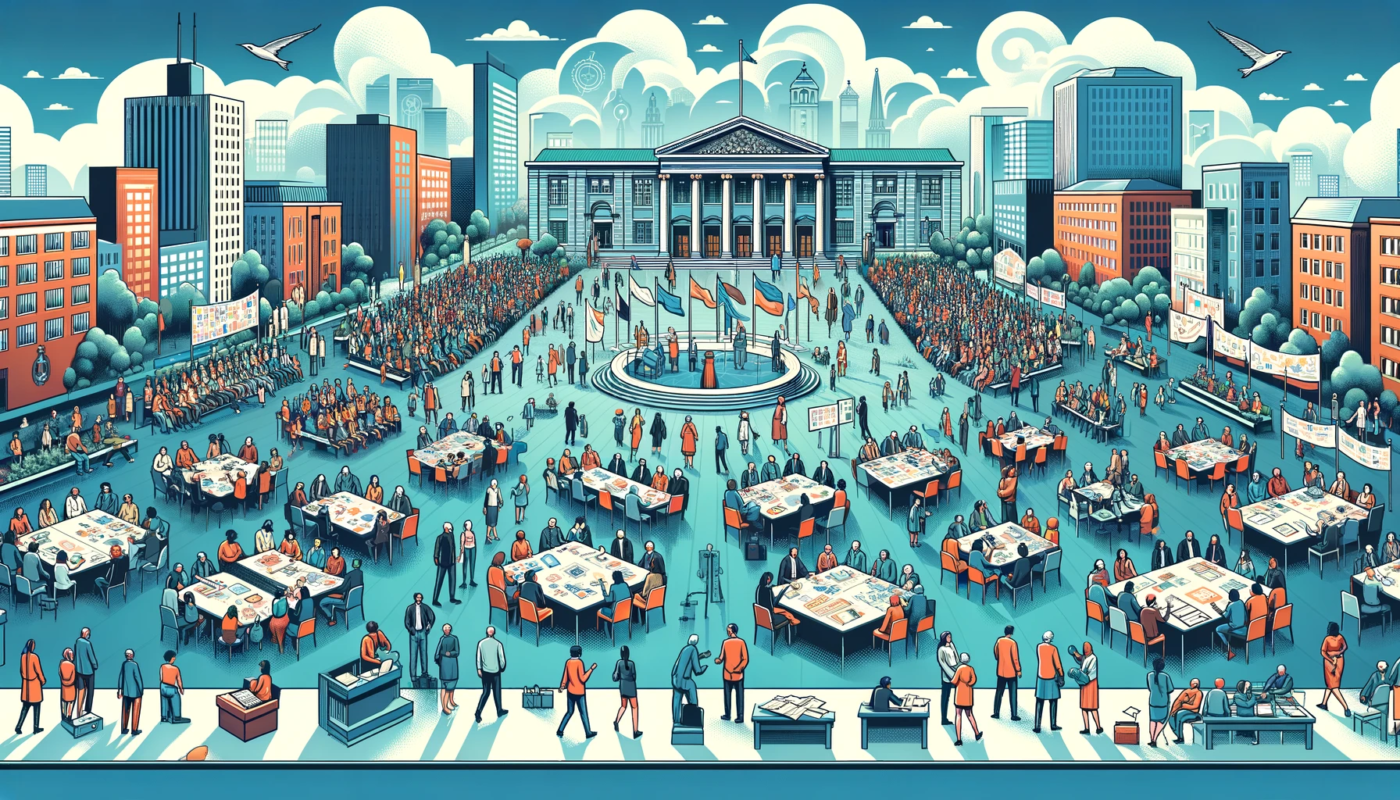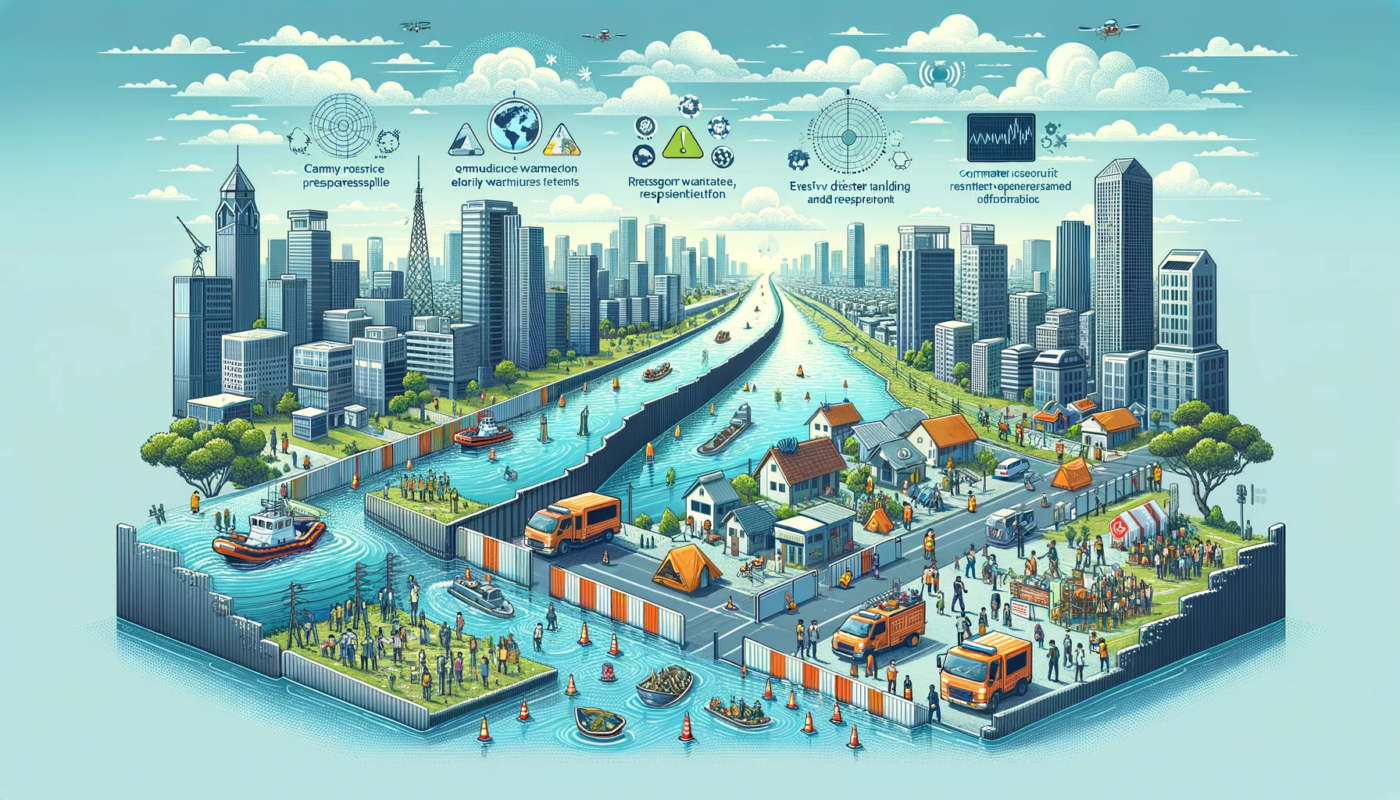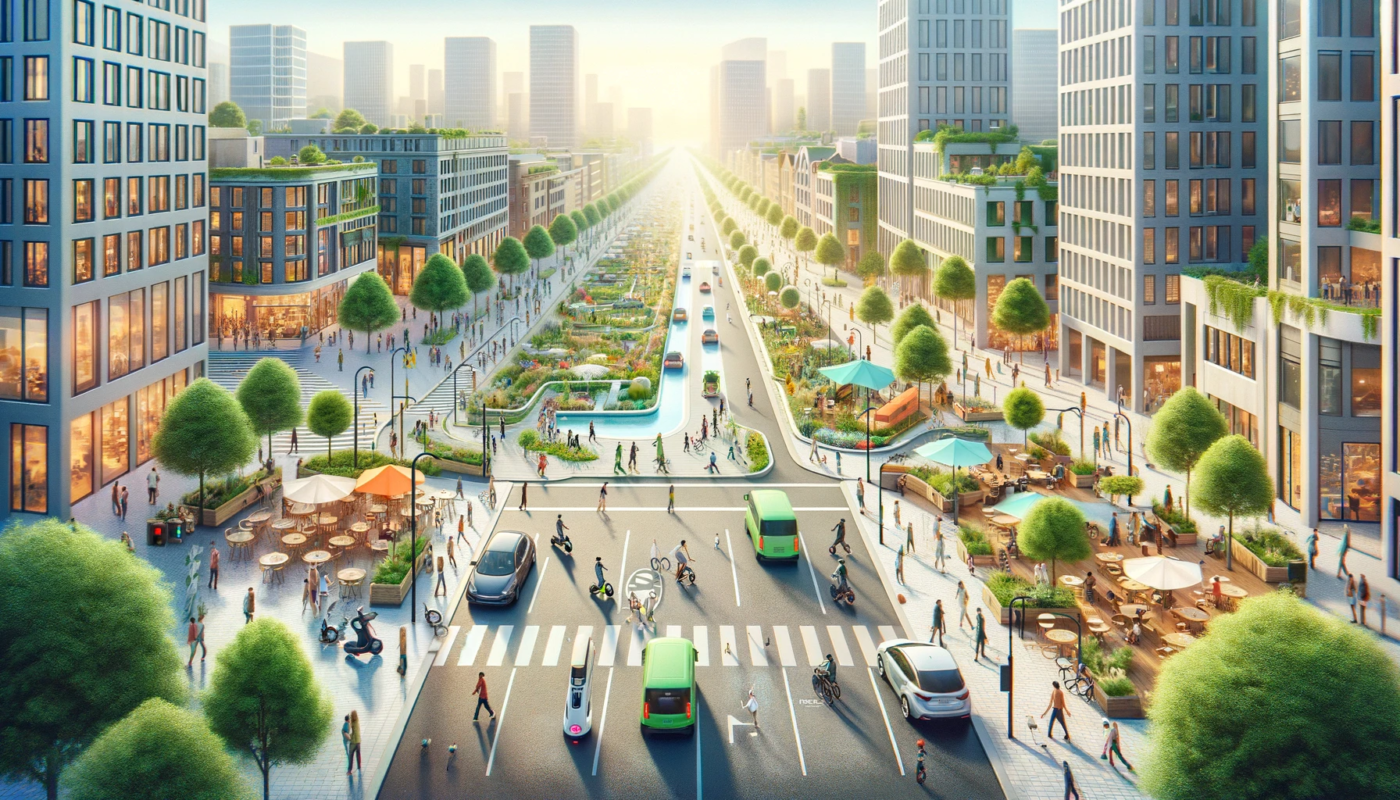Inspirational Practice: “Car – free”, “car – restricted” zones in several European city centers
Cities like Amsterdam, Copenhagen, and Oslo have implemented policies and infrastructure changes to prioritize pedestrians, cyclists, and public transportation over private cars in their city centers. These car-free or car-restricted zones are designed to create safer, more sustainable, and livable urban environments.
For example, in the city of Copenhagen, Denmark, the district of Strøget is a well-known car-free zone. It consists of a network of pedestrian streets, offering a vibrant and enjoyable experience for pedestrians. The car-free zone encourages walking, cycling, and the use of public transport, reducing traffic congestion, noise pollution, and carbon emissions. It also promotes social interactions, supports local businesses, and enhances the overall quality of life in the city.
Similarly, Oslo, Norway, has made significant strides in creating a car-restricted city center. Through its initiative called “Oslo City Center Car-Free,” the city has implemented a car-restricted zone with limited access for private vehicles. This effort aims to prioritize pedestrians, cyclists, and public transport, creating a more sustainable and people-centric city center.
These examples from Europe highlight how car-free or car-restricted zones can transform urban areas into sustainable and pedestrian-friendly environments. They demonstrate that by prioritizing active transportation and public transit, cities can improve air quality, reduce traffic congestion, and enhance the overall livability of urban spaces. These practices serve as inspiration for other cities worldwide to rethink their transportation strategies and work towards more sustainable and people-centered urban planning.

